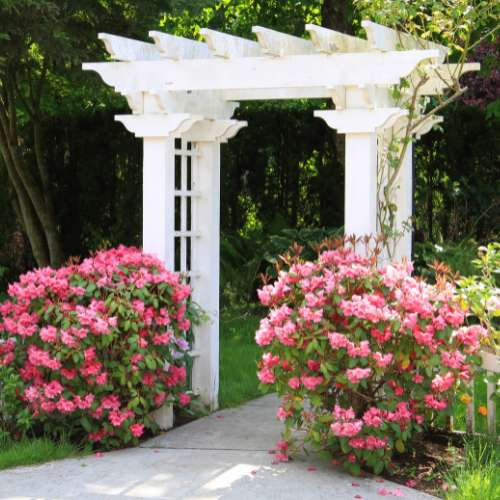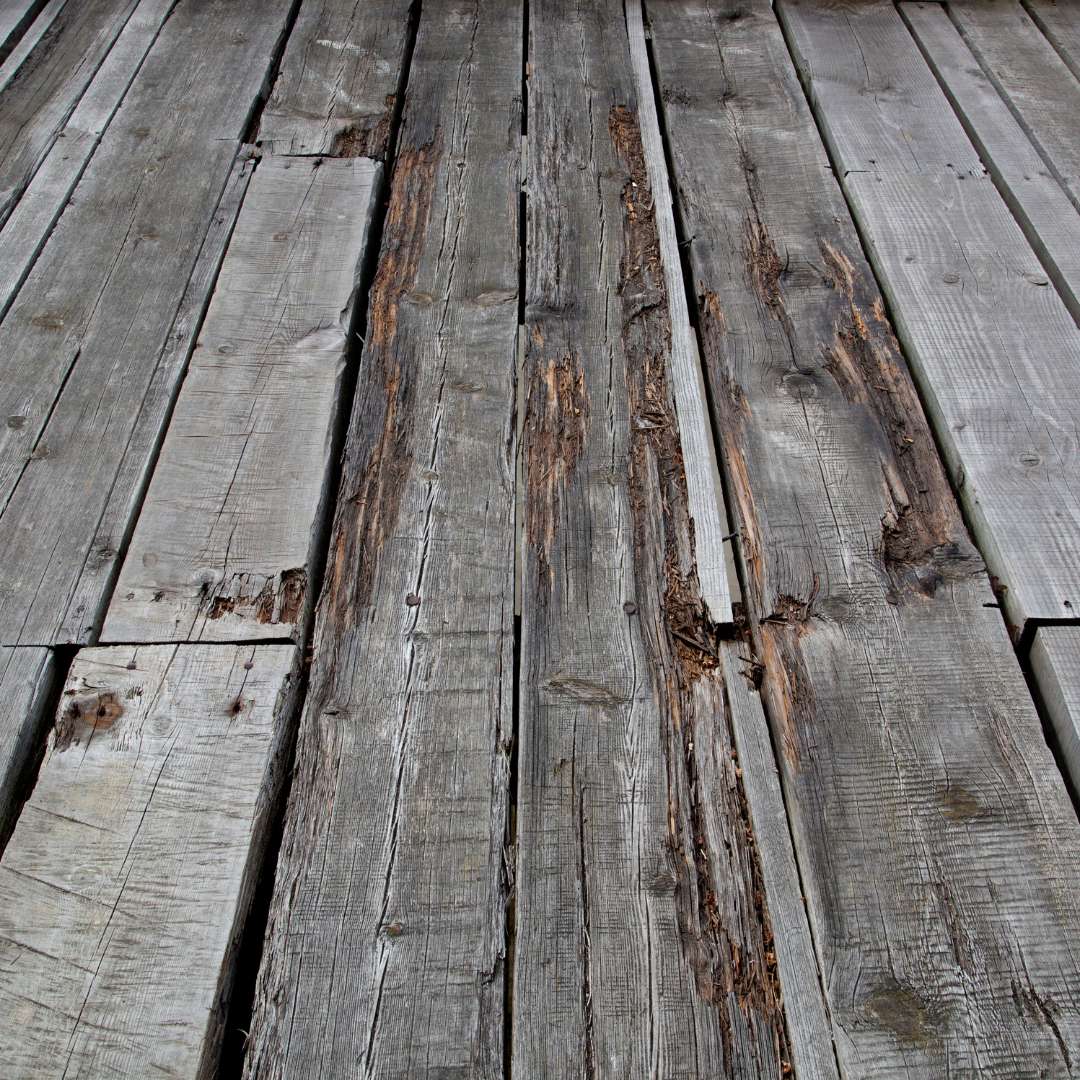What are the advantages of using a trellis in your garden?
Space Optimization
Trellising allows you to maximize vertical space in your garden. Instead of sprawling horizontally, vertically growing plants take up less ground space, making trellises ideal for small gardens or limited areas.
Increased Yield
By training vegetables to grow vertically on a trellis, you create an environment that encourages better air circulation and sunlight exposure for the plants. This can result in increased photosynthesis and higher productivity, leading to a larger yield of vegetables.
Easy Harvesting
With trellised vegetables, harvesting becomes more convenient. The vertical growth allows for easier access to the fruits or vegetables, reducing the need to bend down or search through foliage. Harvesting becomes quicker and less labor-intensive.
Pest and Disease Management
Elevating vegetables off the ground using trellises can help minimize contact with soil-borne pests and diseases. It also enhances airflow around the plants, reducing humidity and promoting faster drying, which can deter fungal diseases.
Enhanced Aesthetic Appeal
A trellis can add visual interest and beauty to your garden. The vertical growth of vegetables on a trellis can create a striking display and transform an ordinary garden into a more aesthetically pleasing space.
Better Plant Health
Trellising promotes good plant health by reducing the risk of certain issues. It can prevent soil compaction, improve drainage, and minimize the likelihood of physical damage from pests or animals.
Easy Maintenance
Trellised plants are often easier to maintain and manage. Pruning, training, and supporting the plants are simpler tasks when they are growing vertically. Additionally, trellising can make weeding and mulching more manageable since the ground area is reduced.
Trellises offer various advantages in the garden, such as optimizing space, increasing yield, facilitating easy harvesting, managing pests and diseases, enhancing aesthetic appeal, promoting plant health, and simplifying maintenance. Now, let’s delve into the types of vegetables that thrive when grown on a trellis.
What Types of Vegetables Grow Best on a Trellis
Several types of vegetables grow well on trellises, benefiting from the support structure that allows them to grow vertically. Here are some vegetables that are commonly grown on trellises:
Cucumbers
Cucumbers are excellent candidates for trellises. They have sprawling vines that tend to take up a lot of space, making trellising a practical option for small gardens. Look for varieties specifically bred for vertical growth, such as “burpless” or “pickling” cucumbers.
Tomatoes
Indeterminate tomato varieties, which have vining growth habits, can be trained on trellises. Use sturdy trellis systems or cages to support the heavy tomato plants. Prune the plants to encourage upward growth and maintain better airflow.
Pole Beans
Pole beans, such as runner beans and pole snap beans, naturally climb and can be grown on trellises. These vertical-growing beans not only save space but also make harvesting easier. Provide a trellis with horizontal supports or use strings for the beans to climb.
Peas
Both sugar snap peas and snow peas grow well on trellises. These cool-season crops appreciate the support and vertical growing space. Train the pea vines to climb up the trellis by gently tying them as they grow.
Squash
Certain types of winter squash, like delicata or acorn squash, can be trained to grow vertically on sturdy trellises. These vining plants may need some additional support as the fruits mature, as they can be heavy.
Melons
Some compact or dwarf melon varieties, such as cantaloupe or watermelon, can be grown vertically on trellises. It’s essential to provide adequate support for the growing fruits, such as using slings to hold the melons as they mature.
Gourds
Various types of gourds, including bottle gourds and birdhouse gourds, can be grown on trellises. Trellising helps prevent the gourds from rotting by keeping them off the ground.
Remember to choose sturdy trellis systems or create a support structure that can handle the weight of the plants and their fruits. Additionally, monitor the plants regularly, tying them to the trellis as they grow and providing adequate water and sunlight for optimal growth.
What if I don’t have a trellis, are there other structures I can use in the garden?
Fences
If you don’t have a trellis, there are alternative structures you can use in your garden to support vertical vegetable growth. Here are a few options:
Tripods
Tripods are made by lashing together three long poles at the top and spreading them out to form a tripod shape. This structure provides a stable support system for vining vegetables and can be easily moved around the garden.
Arbors and Pergolas
Cages and Supports
For individual plants or smaller varieties, you can use cages or stakes as support structures. Tomato cages, for example, provide stability and support for indeterminate tomato plants, while stakes can be used to support individual plants like peppers or eggplants.
Strings and Netting
Using strings or netting can be an effective way to support climbing plants. Attach strings or netting to stakes or other structures, creating a vertical grid that the plants can cling to and climb.
Remember to choose materials that are sturdy enough to support the weight of the plants and consider the specific needs of the vegetables you plan to grow. Adapt and utilize these alternative structures based on your available resources and the requirements of your garden.
Trellises are invaluable additions to any garden, offering a host of benefits and possibilities. Whether you have limited space or simply want to optimize your garden’s productivity, trellises provide a practical solution by maximizing vertical growth. From luscious cucumbers and sprawling tomatoes to vibrant peas and beans, these structures empower you to cultivate a diverse range of vegetables that flourish in upward fashion. Not only do trellises offer increased yields and ease of maintenance, but they also contribute to a visually appealing and organized garden. If you are wanting to increase your gardens yield this summer, contact us today to discuss how a trellis can help your garden.






